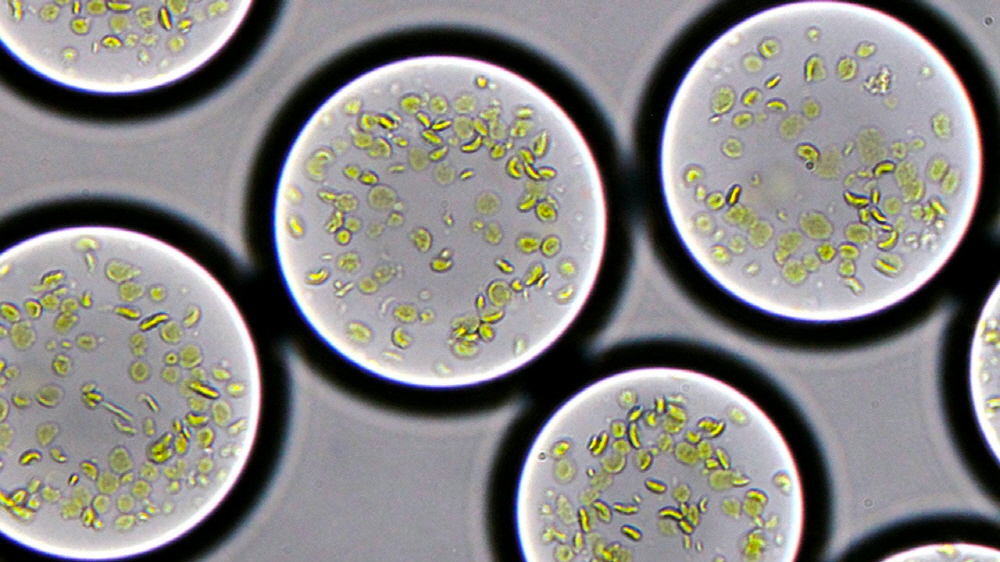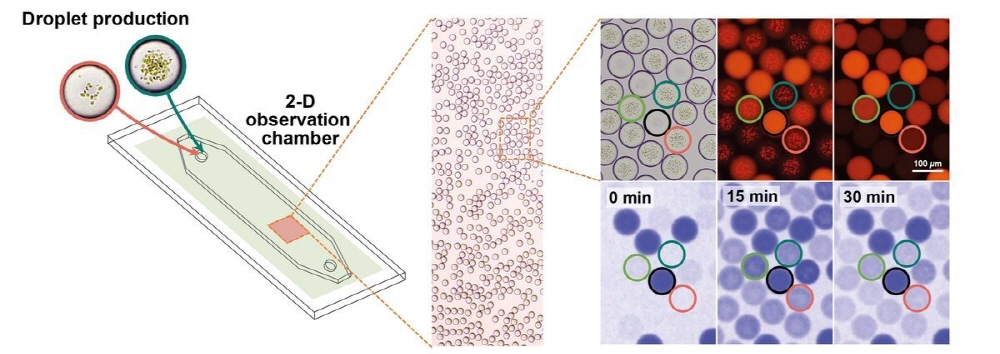
Photosynthesis, in which plants convert light energy such as sunlight into chemical energy, is a biochemical reaction that takes place in chloroplasts among cellular organelles, absorbing carbon dioxide in the air during the reaction and releasing oxygen into the atmosphere. However, it is said that it has succeeded in making artificial chloroplasts that convert carbon dioxide into organic compounds at a faster rate than before.
Photosynthesis goes through two stages. First, the chlorophyll contained in the chloroplast synthesizes chemicals such as ATP (adenosine triphosphate) and NADPH (nicotinamide adenine dinucleotide phosphate), which absorb sunlight and accumulate chemical energy. Then, various enzymes use ATP and NADPH to convert carbon dioxide in the air into energy-rich organic molecules such as glucose that can be used for plant growth.
The reaction with carbon dioxide begins with an enzyme called ribulose-1,5-bisphosphate carboxylase/oxygenase, but a team of synthetic biology research at the Max Planck Institute points out that ribulose 1,5-diphosphate is slow. . Each enzyme acquires 5-10 carbon dioxide molecules per second and performs a photosynthetic reaction, but this limits the plant growth rate.
In a 2016 study, the team tried to speed this up by redesigning a series of chemical reactions related to photosynthesis. In the redesigned chemical reaction, instead of ribulose 1,5-diphosphoric acid, other bacterial enzymes that acquire carbon dioxide molecules 10 times faster were used, as well as carbon dioxide called the CETCH cycle, which combines 16 enzymes derived from 9 organisms. A new cycle of conversion to organic compounds was artificially created.

The new study combined ATPd and NADPH synthesis by chlorophyll in the CETCH cycle under sunlight with the CETCH cycle. Thylakoids contained in chloroplasts are pocket-shaped compartments that hold photosynthetic enzymes such as chlorophyll. Other researchers have already confirmed that thylakoids work outside plant cells.
The research team also took out thylakoids from spinach leaf cells and confirmed that thylakoids outside plant cells absorb light to synthesize ATP and NADPH. Then, by combining the thylakoid from spinach with the CETCH phase system, they succeeded in creating an artificial chloroplast that continuously converts carbon dioxide into an organic compound called glycolate using light.
Fine adjustments were made, such as replacing some of the enzymes used in the CETCH cycle by combining thylakoid with the artificial CETCH cycle. In addition, in cooperation with experts from the Pol Pascal Research Center in France, they designed a device that generates thousands of droplets in oil and injects different thylakoids and CETCH cycle enzymes.
The team plans to make further design changes to make the conversion of organic compounds produced by artificial chloroplasts from carbon dioxide or other useful compounds more efficient than glycolates. It is also said that in the future, artificially designed photosynthetic pathway genes may be incorporated into crops to create varieties that grow much faster than existing varieties. Related information can be found here .

